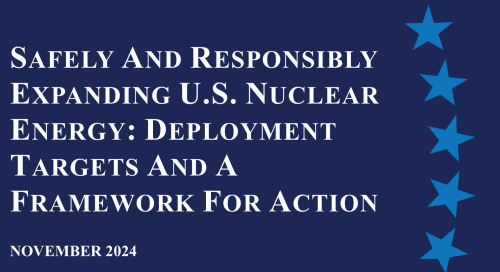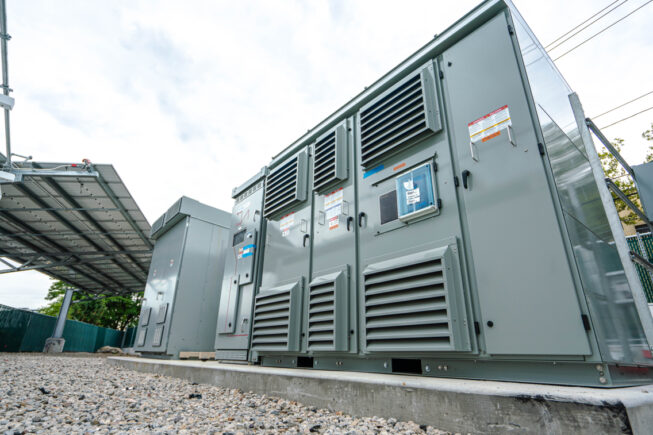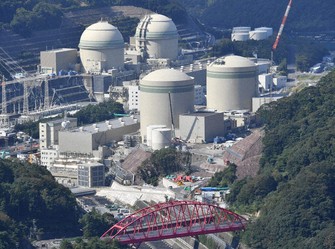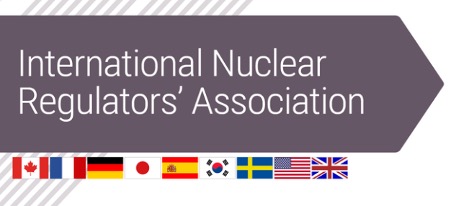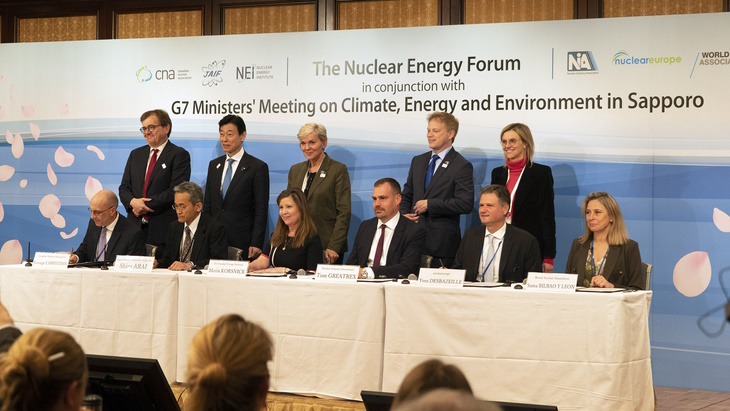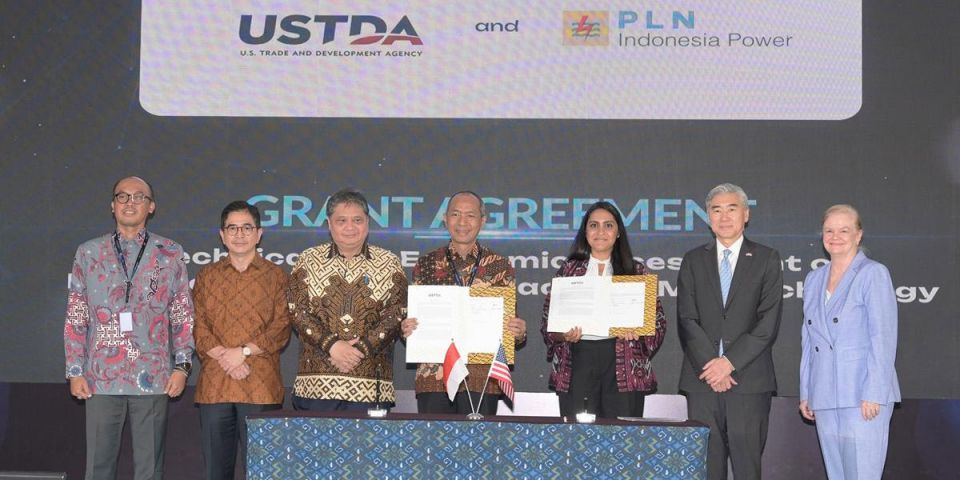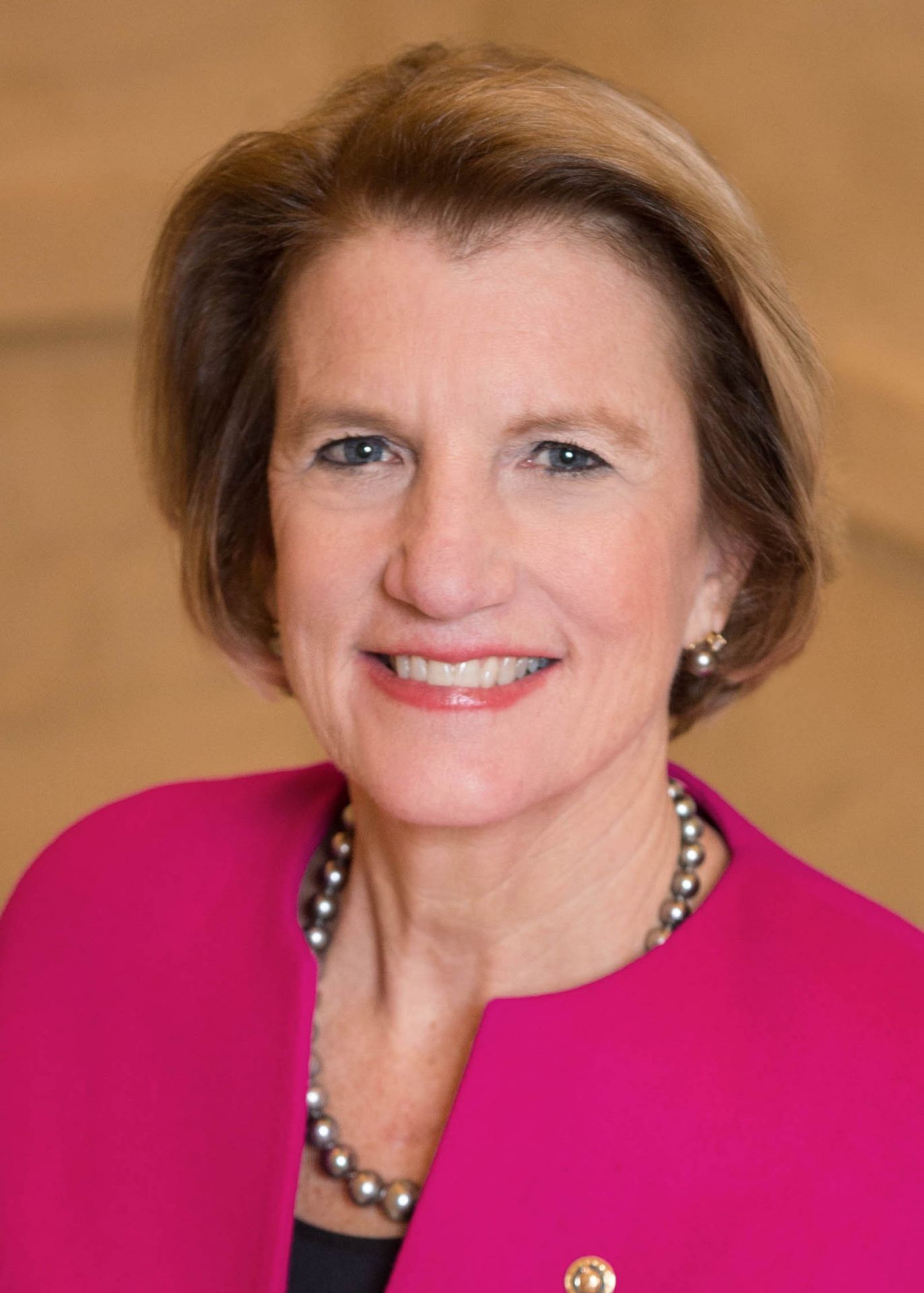It will shed more than $700 million of thermal coal loans by 2024 — a reduction of 75 per cent — an internal email from July shows.
The bank is also on the look out for opportunities to "accelerate this timetable" to cut lending to the fossil fuel sector even faster.
The move is part of an "orderly thermal coal mining reduction strategy", approved by the bank's Credit and Market Risk Committee.
"Please note — this is not for public disclosure," the email said.
The revelation follows previous declarations by both the Commonwealth Bank and NAB to exit the industry by 2030 and 2035 respectively.
Westpac is yet to announce any intentions to reduce its exposure to thermal coal.
As the biggest lender to coal mining in Australia, ANZ appears mindful of how the news would play with clients, noting the challenges of the transition.
"ANZ has benefited by being a dominant financier of this commodity and we recognise this is not an easy time for our team members who have built deep relationships and expertise," the email said.
"However, we also recognise that the time has come to manage this transition in a clearer way."
The correspondence also acknowledged the strategy had been the subject of "robust debates" within the company.
"The strategy has taken time to develop and is now agreed. We ask you all to support this strategy as we move forward."
ANZ currently loans about $1 billion to thermal coal projects, including to Whitehaven Coal, the operator of the controversial Maules Creek mine.
Secret policy versus public statements
The email is at odds with the bank's public position. As recently as November, ANZ said it did not have deadlines for phasing out lending to thermal coal.
While the bank has said it expected its exposure to thermal coal to decrease, it had not publicly disclosed any targets.
Appearing before a parliamentary committee in November, CEO Shayne Elliot said the bank did not have a deadline for exit.
"Because, from our perspective, having a deadline like that is not necessarily helpful," he said.
Mr Elliot said ANZ expected its exposure to thermal coal mining would reduce naturally over time, and when asked about broader exposure to fossil fuels, he said the bank's approach was flexible.
"We don't have a strategy to go and aggressively grow fossil fuels. We're not trying to shrink them either," he told the committee.
The bank released its climate change statement in February, but made no reference to reduction targets.
Instead, it noted the effect a phase-out like this would have on employment in some communities.
"Around 37 per cent of the world's electricity comes from coal-fired power stations, and in Australia, many communities, particularly in regional areas, are reliant on the coal industry for employment," the statement said.
"We believe that all stakeholders in the transition to lower emissions should give careful consideration to the impacts on affected communities."
An ANZ spokesperson told the ABC the bank had been clear that its exposure to thermal had reduced, and that it would continue to do so.
"This reduction has not been in a straight line as that is not the nature of these businesses, so we have aimed for continued reductions in line with our recent trajectory," the spokesperson said.
"Since the Paris Agreement was reached, our exposure to thermal coal has decreased by 50 per cent.
"This decrease in our exposures is consistent with the direction of the Paris Agreement and we expect this trend to continue into the future."
It is not clear from the document how much ANZ will reduce its exposure to thermal coal businesses in Australia, and how much of the reduction will come from their international loans.
Thermal coal mining in Australia employs an estimated 30,000 people.
Tanya Constable, CEO of the Minerals Council of Australia, told the ABC: "We need to stop talking about shutting things down and start focusing on getting emissions down."
"We can do this through displacing poor quality coals by exporting higher quality, Australian coals that produce more energy," she said.
More than just mining
ANZ developed specific protocols to execute the strategy, including a requirement for review by senior managers, before bankers could "indicate any appetite" to finance all forms of coal mining.
While the document set clear targets for exposure to thermal coal mining, it noted the bank was still reviewing its exposure to the rest of the value chain, including coal power plants.
"We are currently assessing our exposure to the 'coal value chain', including coal generation, transport and storage assets," the email said.
"We will continue to report internally our exposure to the coal value chain."
The pressure to stop lending to fossil fuel projects has come from a range of directions, including big institutional investors and activist groups like Market Forces.
While the target for reducing coal exposure was not publicly announced, the internal policy brings ANZ closer to the publicly declared policies of other big banks.
The Commonwealth Bank declared in August that it would cease financing thermal coal completely by 2030, and in November, NAB said it would exit thermal coal by 2035.
Westpac has not made any public announcement about a timeline for reducing or eliminating its exposure to thermal coal.
Coal is the single biggest source of global warming, according to the International Energy Agency.
The Intergovernmental Panel on Climate Change (IPCC) has modelled what's required to keep global warming to less than 1.5C, and according to Climate Analytics, that includes rich countries — those in the OECD — all but eliminating coal used for electricity generation by 2030.
'Entirely appropriate' to talk about risk
Environmental campaigners Market Forces are among those most fiercely pressuring the banks to stop funding thermal coal.
"While ANZ's internal strategy is certainly a step forward from its public policy, it leaves more questions than answers," Market Forces research director Jack Bertolus said.
"Over the past two years, ANZ's coal mining exposure has actually increased, with thermal coal mining exposure greater in 2019 compared with September 2018."
He said the bank did not appear to have any target beyond 2024, and argued it needed to exit thermal coal by 2030.
Emma Herd is the CEO of the Investor Group on Climate Change which represents institutional investors managing more than $2 trillion in funds, including several big super funds, and banks including ANZ.
She said that as the world shifted to reduce its greenhouse gas emissions, investments in fossil fuels could become risky and investors were asking business how it was managing those risks.
"How are they taking into account carbon restraints as the world moves away from a carbon-intensive economy?" Ms Herd said.
"We are a carbon-intensive trade-exposed economy and it's entirely appropriate that our financial institutions are publicly and transparently talking about how they're assessing the risk.
"This is a conversation that Australia needs to be having about our economic future."
